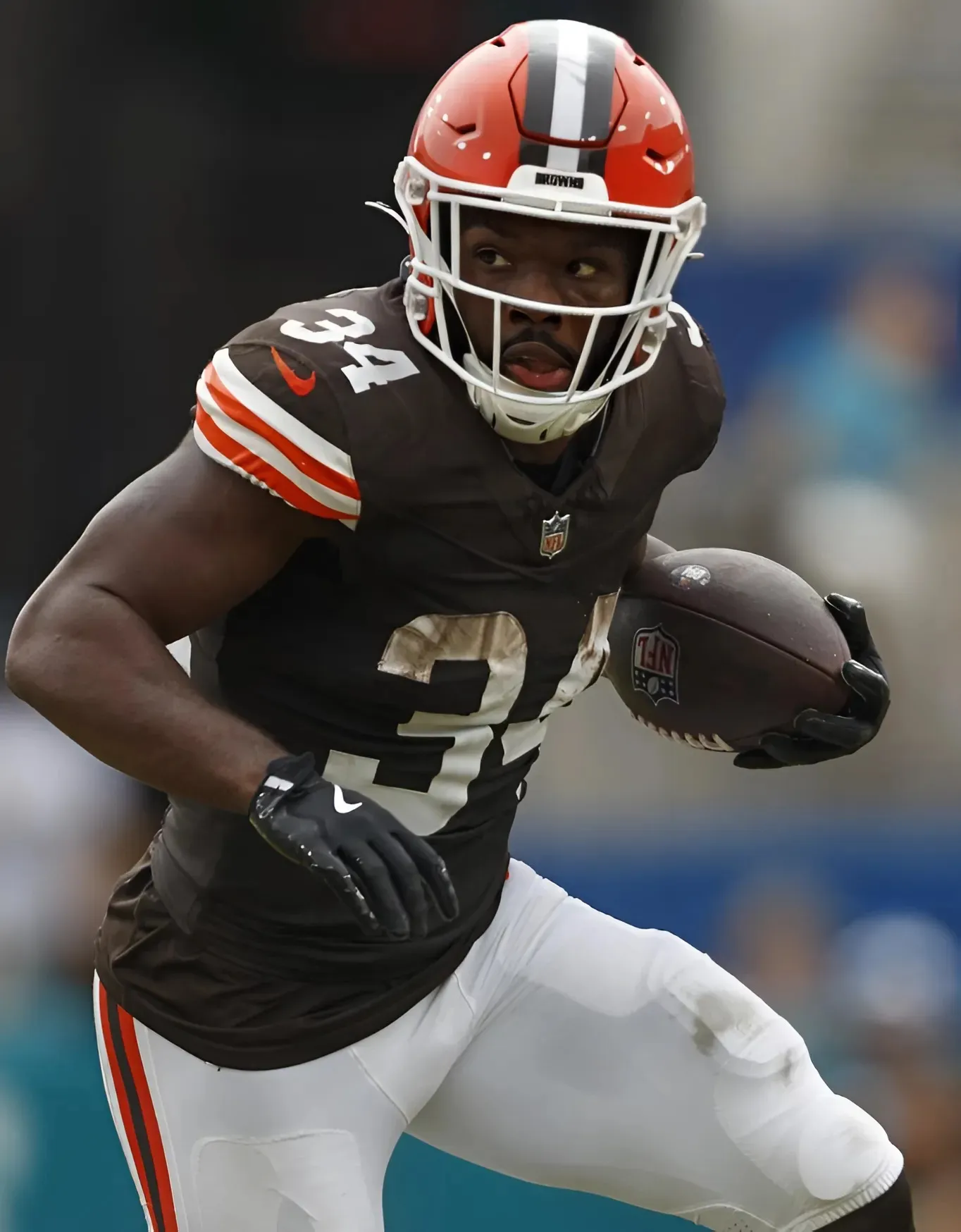Mitch Starc was at the centre of a back-foot no-ball drama in an IPL Super Over

When Mitch Starc was called for a no-ball by the third umpire in Delhi's Super Over win against Rajasthan, the fast bowler was expecting his front foot to be the issue, not his back foot.
But after a look at the replay, it was clear: This was a perfect example of the rare back-foot no-ball rule.
Here's the 101 on another of cricket's more uncommon laws.
The situation:
Starc was tasked with bowling the Capitals' Super Over in their IPL 2025 clash with the Royals and the veteran quick had conceded nine runs from his first four balls.
As he walked back to his mark, the third umpire relayed to the standing umpire that the fourth ball was a no-ball, and Rajasthan would get a free hit as well as an extra run to the score.
Starc was bowling around the wicket to right-handed batter Riyan Parag and his back (left) foot came into contact with the return crease.
Only slightly, but it's clear that Starc's boot is touching that long, white line.
The law:
While the popping crease is the marker for the bowler's front foot and runs perpendicular to the pitch, the return creases are the long lines that run parallel to the pitch and sit on either side of the stumps.
According to the MCC's laws of the game (law 21.5):
For a delivery to be fair in respect of the feet, in the delivery stride
(21.5.1) the bowler's back foot must land within and not touching the return crease appertaining to his/her stated mode of delivery.
(21.5.2) the bowler's front foot must land with some part of the foot, whether grounded or raised
– on the same side of the imaginary line joining the two middle stumps as the return crease described in 21.5.1, and
– behind the popping crease.
The confusion here lays in how the different creases are adjudicated.
For the popping crease (front foot), as long as a part of the foot is behind that line it is a fair delivery, regardless of where the rest of the foot lands.
But when looking at the return crease (back foot), that line is completely off limits and if the foot makes contact with the return crease (or goes beyond it) it should be called for no-ball.

-1749371120-q80.webp)


